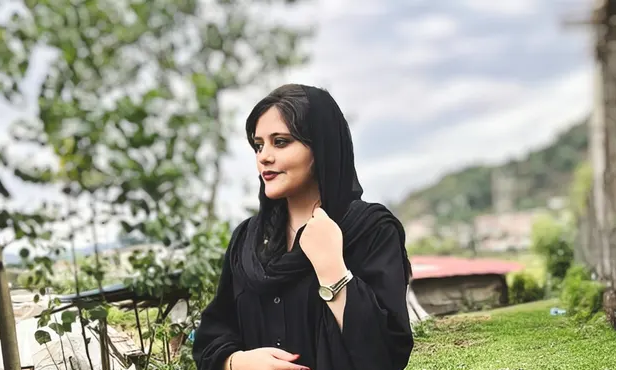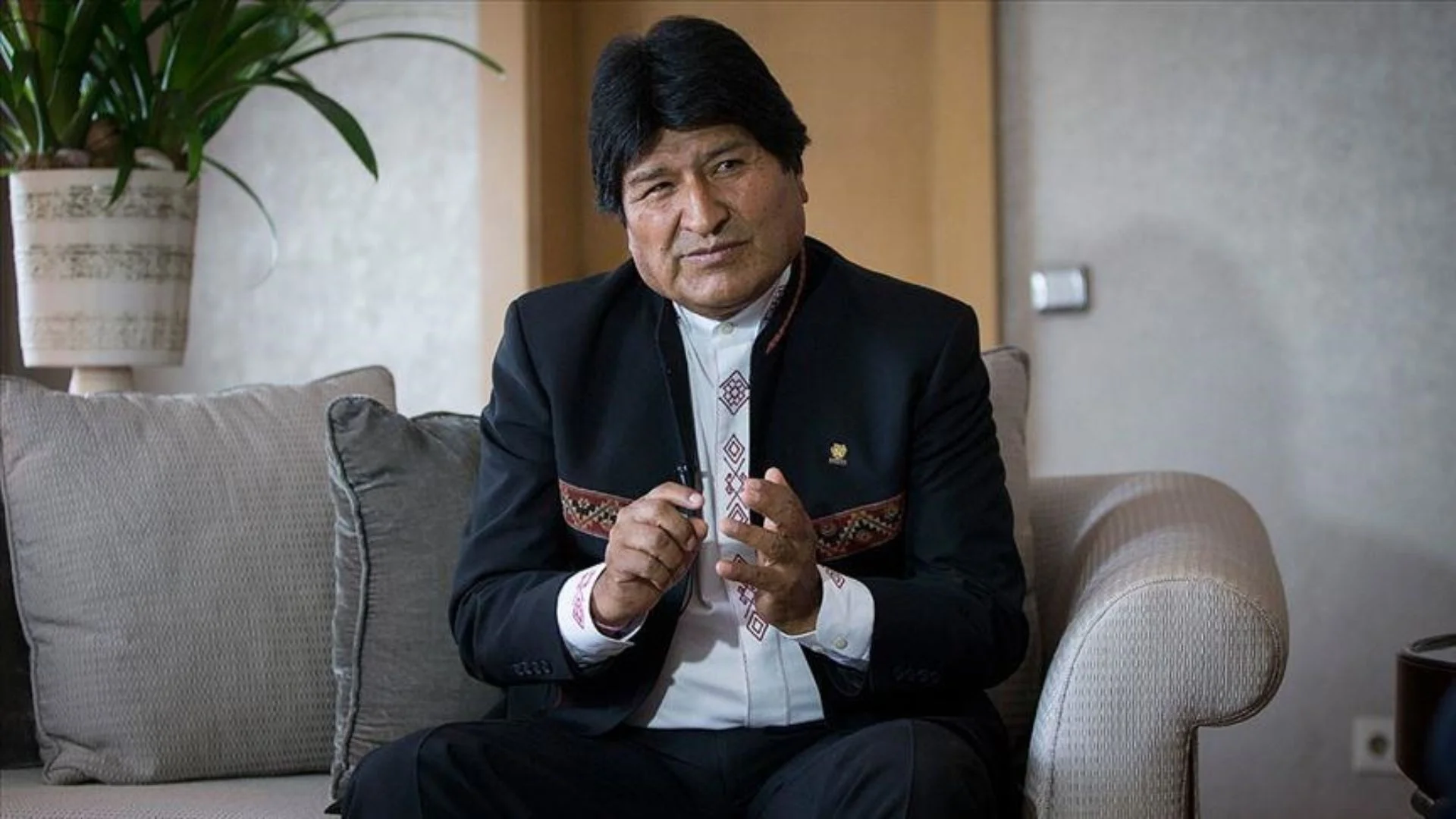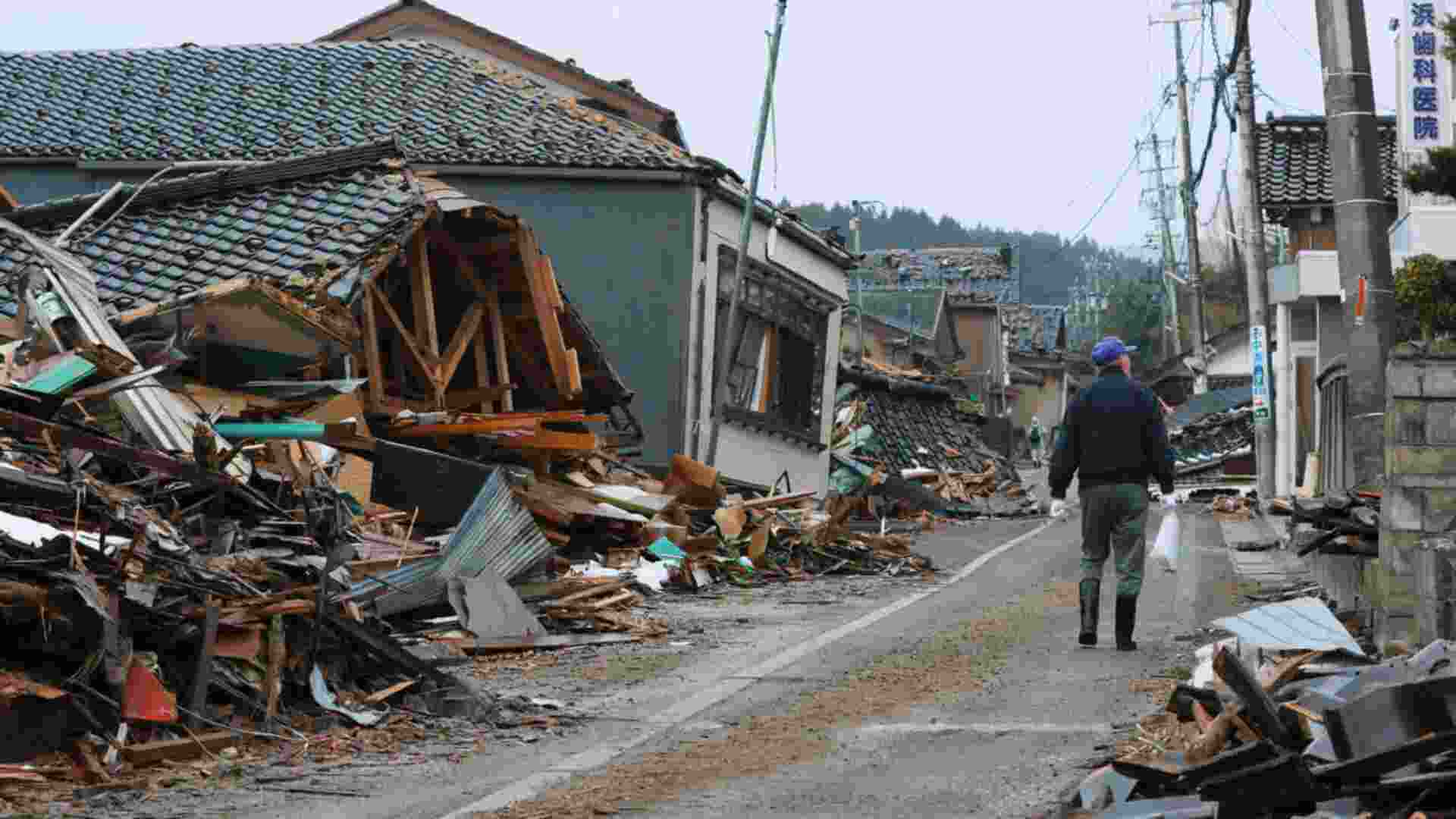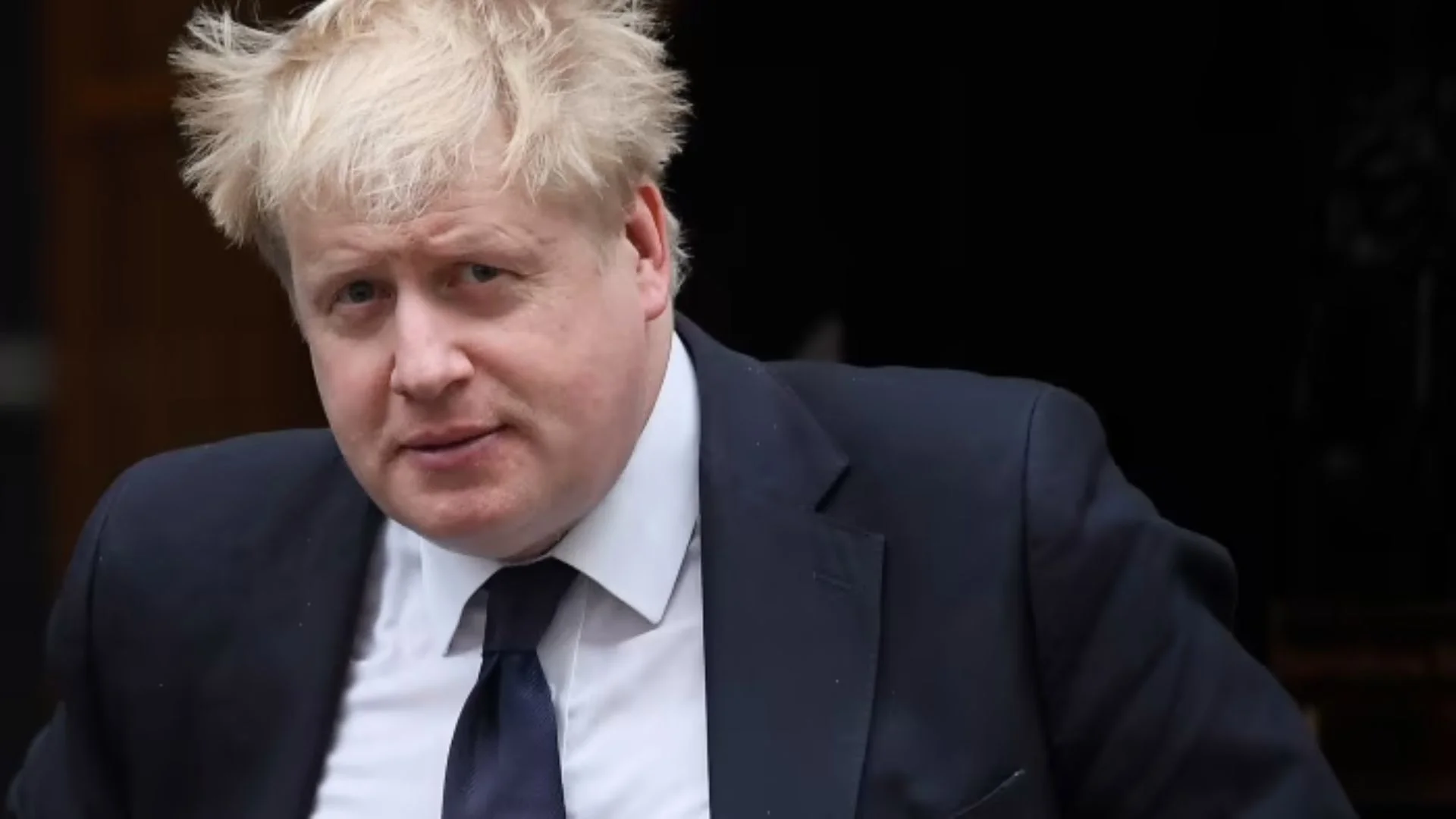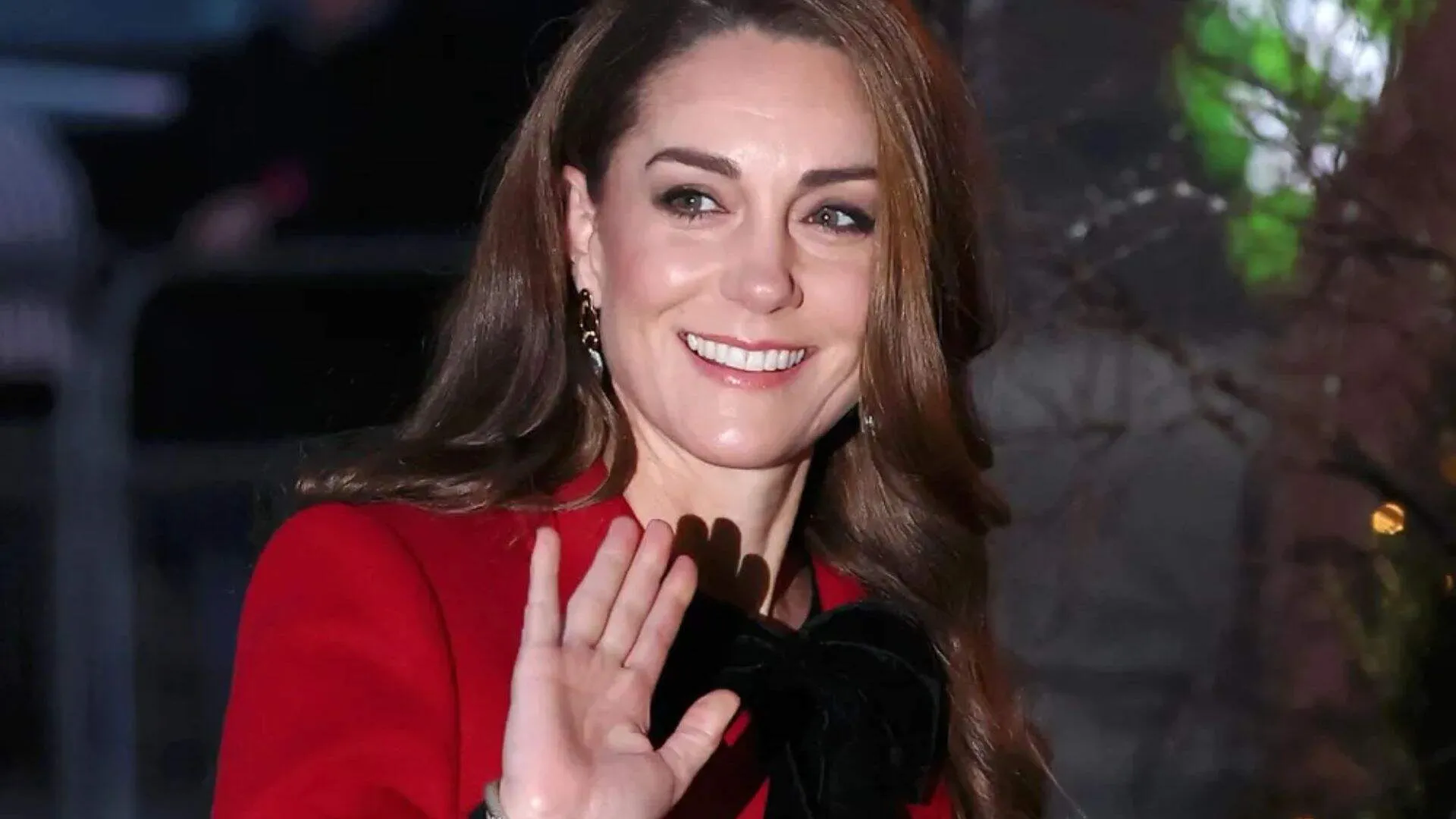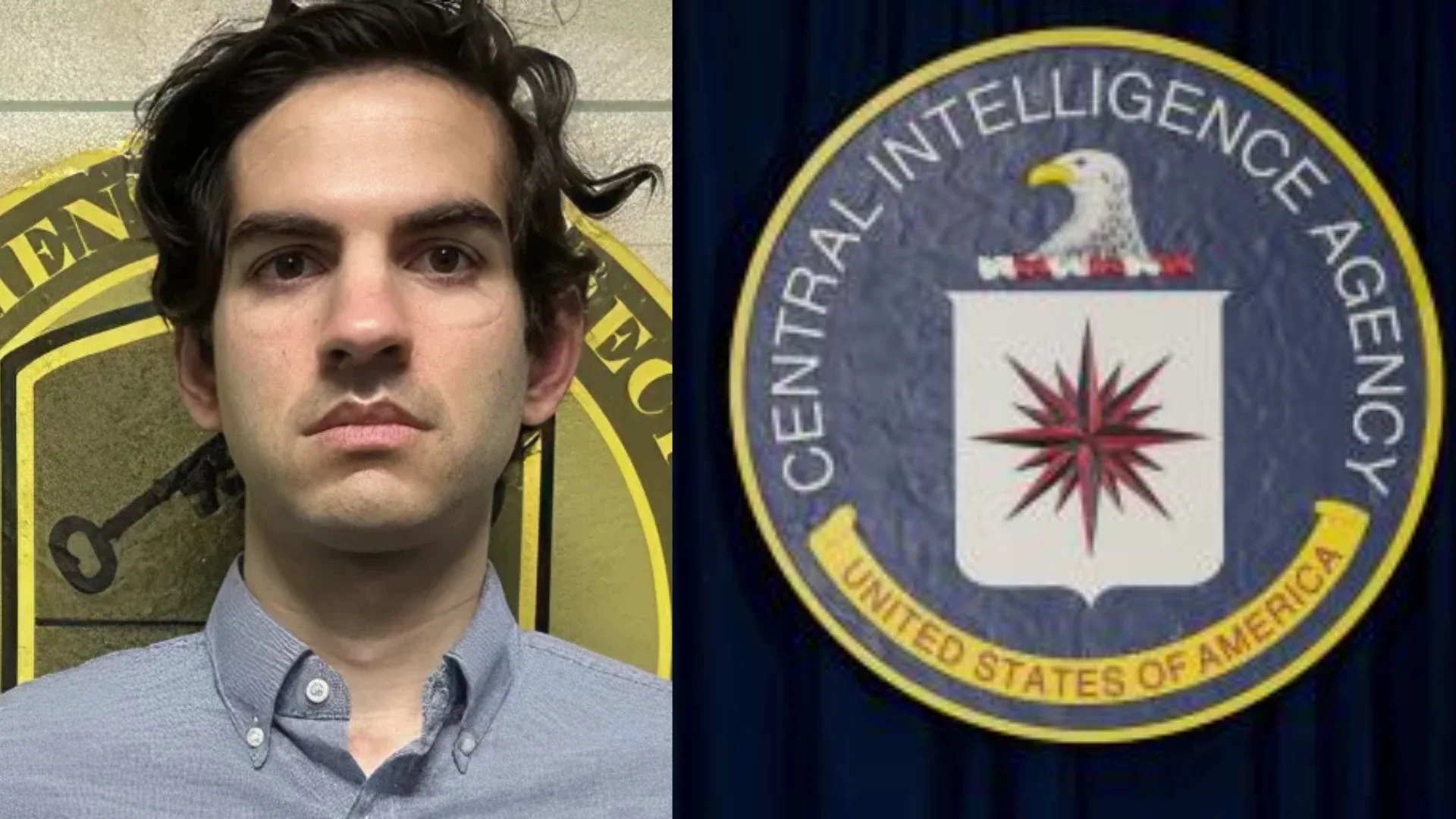The death of Mahsa Amini—a 22-year-old girl who was on a visit to Tehran with her brother—has caused a furor in Iran against the strict hijab laws, with protests breaking out across several parts of the country. Over the past few days, hundreds of people—especially women—have in fact come together to chant slogans against the Iranian authorities, with some going to the extent of taking off their hijabs in defiance of the local laws. In many places, women have also cut their hair and burned their hijabs as a mark of protest.
On September 13, Amini was arrested by Tehran’s morality police for allegedly not covering her hair with the Islamic headscarf, known as hijab, which is mandatory for Iranian women. And just a couple of hours later, she was hospitalised, falling into a coma. According to Iran’s security forces, Amini suffered a heart attack at the detention centre while receiving educational training on Hijab rules.
Amini collapsed as she attempted to get up from her seat to speak with a police officer at the station. She is then shown being carried away on a stretcher. The Iranian Interior Minister, Ahmad Vahidi, claimed that as per the reports he received, “Mahsa suffered from previous physical problems and she had undergone brain surgery at the age of five.”
Her family, however, disputes these claims, stating that she was absolutely healthy prior to her arrest and saying that the young girl had no history of heart trouble. The family also alleged that she sustained injuries during her time in custody, thereby pointing towards the fact that she might have been physically assaulted.
Even the acting UN High Commissioner for Human Rights, Nada al-Nashif, stated that reports suggest that the police hit Amini on the head with a baton and banged her head against one of their vehicles. After a photo and video of Amini lying unconscious on a hospital bed with blood oozing from her ear and bruises around her eyes went viral, several doctors confirmed that she had a concussion due to head injuries.
But while the truth about Amini’s arrest and her consequent death continues to remain a mystery, human rights groups such as Amnesty International have been demanding a criminal investigation into the matter. Similarly, Human Rights Watch has demanded the abolition of the Iranian morality police and religious laws that mandate women to wear headscarves. Josep Borrel, the spokesperson for EU foreign policy, went a step ahead and called for those responsible for Amini’s death to be held accountable.
The authorities have nevertheless opened an investigation to determine the cause of Amini’s death. Yet, the protesting Iranians doubt that the probe will be carried out in an objective or transparent manner. This perception predominantly emerges from the fact that this is not the first time that such an “unacceptable” incident has taken place in the Islamic nation.
Following the 1979 Islamic Revolution, a mandatory dress code was imposed in Iran, which required all women to wear hijab and prohibited them from wearing clothes that exposed their skin or disguised their figure in public. The morality police units—formally known as “Gasht-e Ershad” (Guidance Patrols)—were tasked, among other things, with ensuring that women conform to this “proper” clothing. Punishments for violating the mandate included a fine, prison, or flogging.
Given this ruling, it is safe to say that in Iran, women—for years, perhaps decades—have been deprived of their fundamental right to choose what they wanted to wear or how they wanted to dress. But the Iranian women have not remained silent and have been protesting time and again, demonstrating their opposition against these rules.
In the past few years, these protests have, however, become increasingly visible and louder. But at the same time, the government under Raisi, the religious hardliners in the parliament, and the morality police units have also become stricter, thus coming down harder on women and the protestors.
According to a BBC report from 2018, more than 35 female protesters have been arrested in Tehran alone since December 2017.Police authorities also stated that women who took part in anti-hijab protests were confronted with up to ten years in prison. Furthermore, in April 2018, a female morality police officer in Tehran slapped a woman for wearing a loose headscarf.The incidence—although not uncommon—was filmed and shared on Instagram, receiving more than 3 million views.
Thus, the death of Mahsa Amini has lighted a spark of aggression all over again, with many cities in Iran now engulfed in its flame, a flame that has now started reaching abroad. But whether it results in any concrete action or not remains to be seen. However, the verdict among the public is clear—no woman should be persecuted for choosing what to wear.
Akanksha Khullar is an independent scholar working on gender issues, particularly on understanding the Women, Peace and Security agenda, and identifying how national, regional and international organisations contribute in shaping the United Nations Security Council Resolution 1325.

